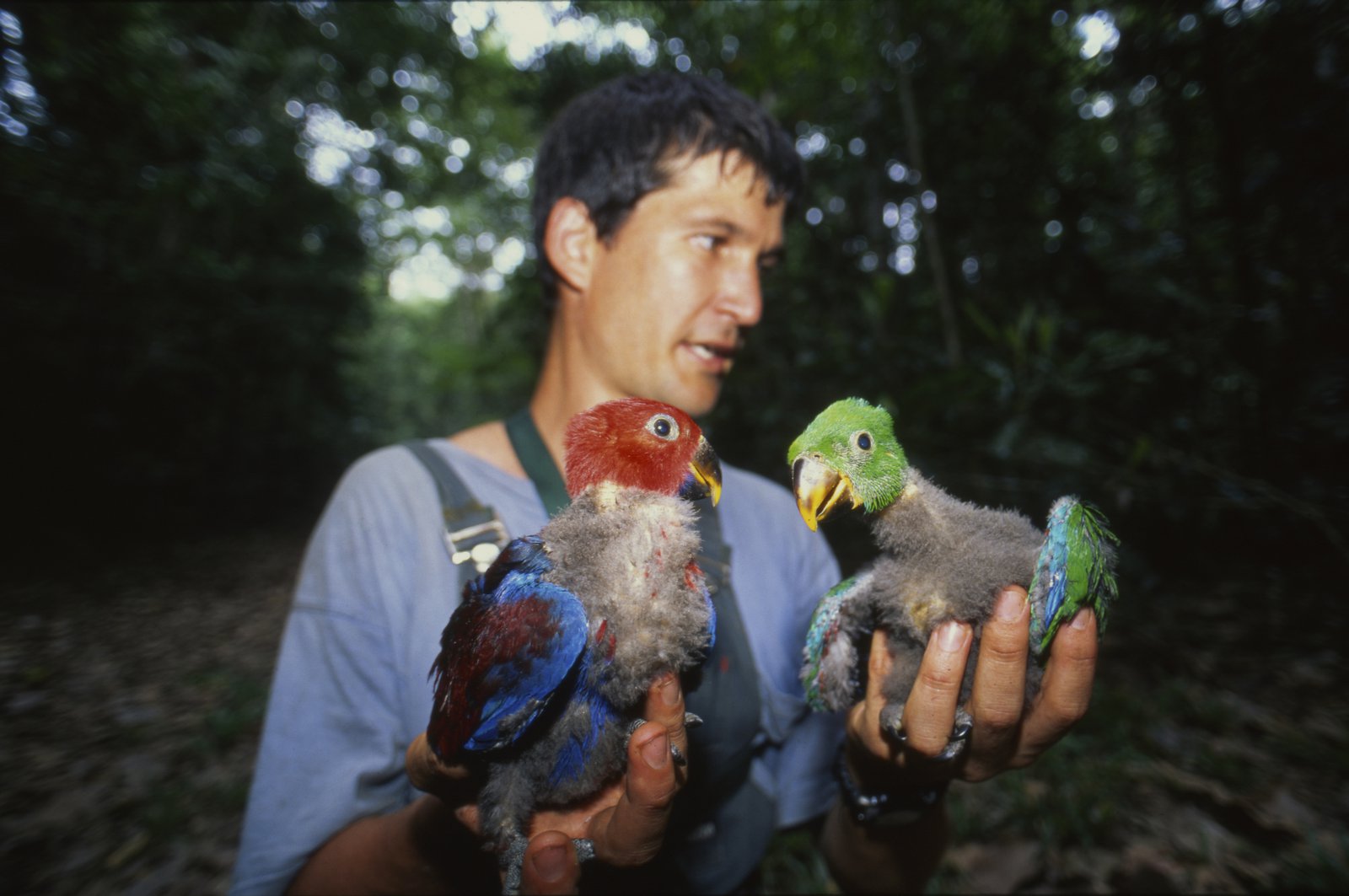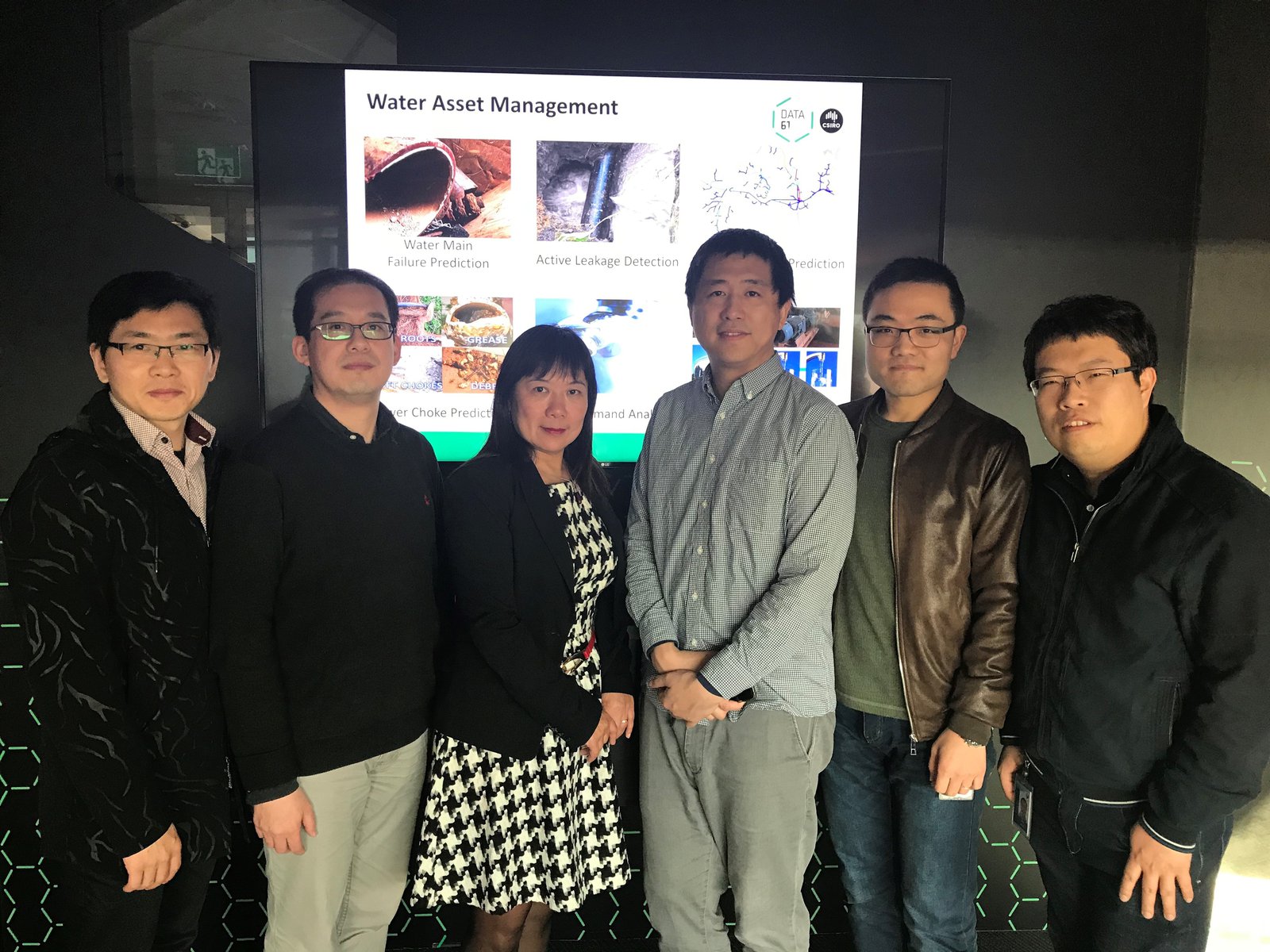2018 Australian Museum Eureka Prizes finalists
47 entries were shortlisted for 16 Australian Museum Eureka Prizes in 2018.
On this page...
The Australian Museum (AM) has announced the 47 finalists selected for Australia’s leading science awards, the 2018 Australian Museum Eureka Prizes.
Finalists from almost every state and territory across Australia are in the running for 16 AM Eureka Prizes across four categories: Research and Innovation, Leadership, Science Engagement and School Science.
The AM Eureka Prizes are the nation’s premier science awards, celebrating achievement across a broad spectrum of science, from environmental to innovative technologies, citizen science, leadership and mentoring.
Learn about the 2018 AM Eureka Prizes finalists.
Research & Innovation
NSW Office of Environment and Heritage Eureka Prize for Environmental Research
University of Technology Sydney Eureka Prize for Excellence in Data Science
UNSW Eureka Prize for Excellence in Interdisciplinary Scientific Research
Australian Infectious Diseases Research Centre Eureka Prize for Infectious Diseases Research
Johnson & Johnson Eureka Prize for Innovation in Medical Research
ANSTO Eureka Prize for Innovative Use of Technology
Macquarie University Eureka Prize for Outstanding Early Career Researcher
Defence Science and Technology Eureka Prize for Outstanding Science in Safeguarding Australia
UNSW Eureka Prize for Scientific Research
Leadership
3M Eureka Prize for Emerging Leader in Science
CSIRO Eureka Prize for Leadership in Innovation and Science
University of Technology Sydney Eureka Prize for Outstanding Mentor of Young Researchers
Science Engagement
Department of Industry, Innovation and Science Eureka Prize for Innovation in Citizen Science
Celestino Eureka Prize for Promoting Understanding of Science
Department of Industry, Innovation and Science Eureka Prize for Science Journalism
School Science
University of Sydney Sleek Geeks Science Eureka Prize - Primary
University of Sydney Sleek Geeks Science Eureka Prize - Secondary
University of Sydney Sleek Geeks Science - Highly Commended
Sleek Geeks Science Highly Commended - Primary School
- Mighty Muscles Stella K. and Christina P., Presbyterian Ladies' College Sydney, NSW
- Paper, Scissors, Rocket! Nicholas G., St Gerard Majella School QLD
- Beetles and bugs: A taxonomy adventure Griffin C., St Peters Lutheran College Indooroopilly QLD
- All creatures great and small Eve Rose B., Santa Sabina College NSW
- Life On Earth Nethukee J., Sturt Public School NSW
- How radiation can transform our DNA Joaquin A., St Patrick's Primary School NSW
- Cracking the Brain Freeze Mystery Charlie C., Brayden E.; Lachlan G., Oxford Park Grammar School NSW
- Accidents Happen Bacteria v's Penicillin Ashutosh V., Canterbury College QLD
Sleek Geeks Science Highly Commended - Secondary School Category
- Camouflage - only natural? Hayden I. and Logan I., South Sydney High School NSW
- The Placebo Effect Naomi Z., Milli M., Preethi T., Vidiya K., Rachael S., Saint Monica's Catholic College QLD
- Domesticated Fruit! Scotia E. and Bianca F., Green Point Christian College
- Mitochondria in Different Environments Emily G. and Jasmine D., Carlingford High School NSW
- The Secret Language of Plants Himalaya J., Balwyn High School VIC
- Artificial Neural Networks Leonid S., Kirrawee High School NSW
- What are microgravity drop towers? Zachary M., Woodcroft College SA

















































